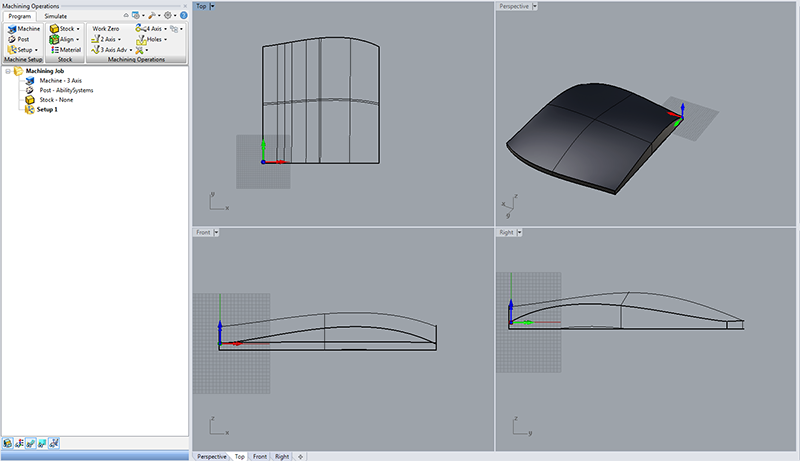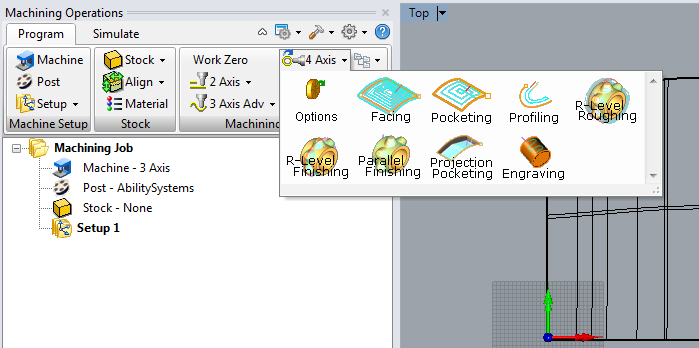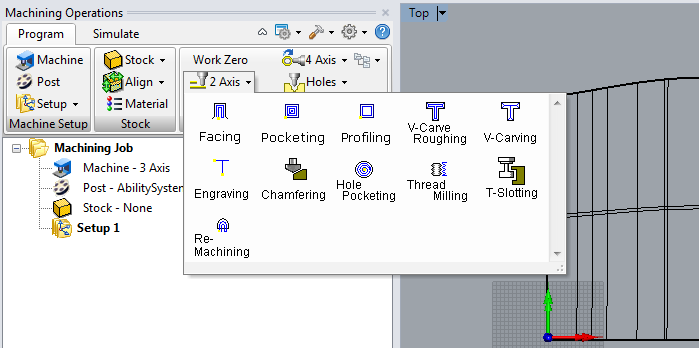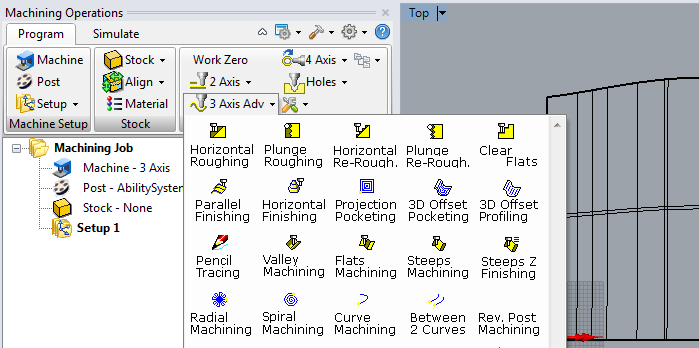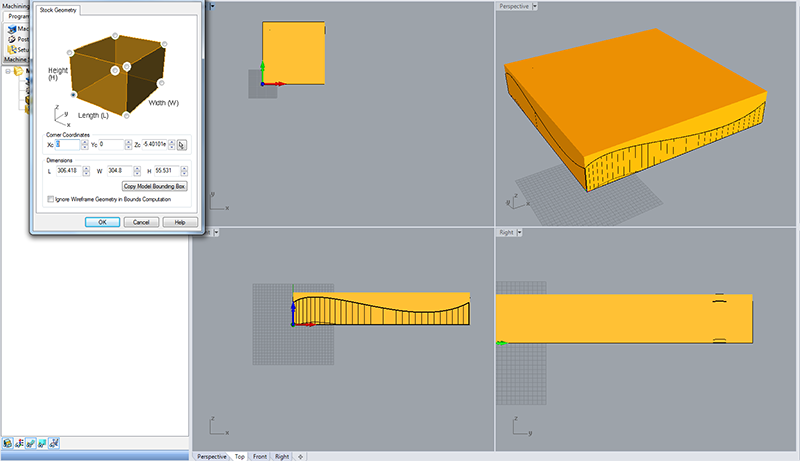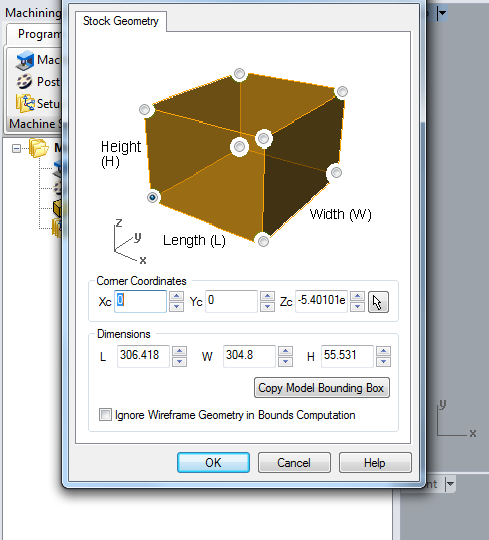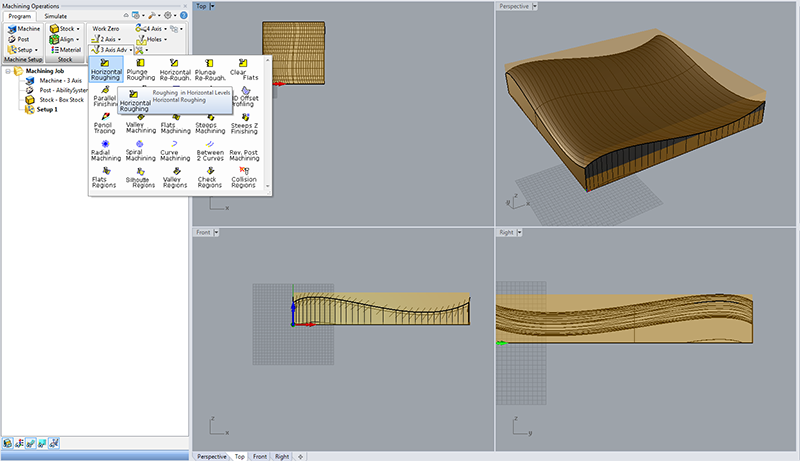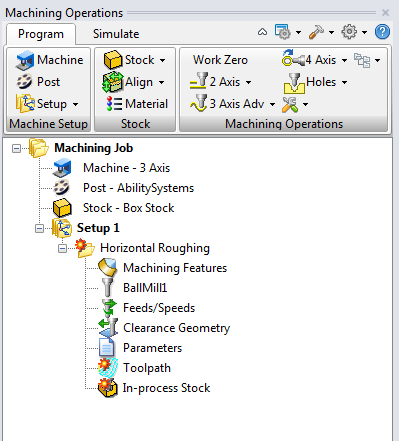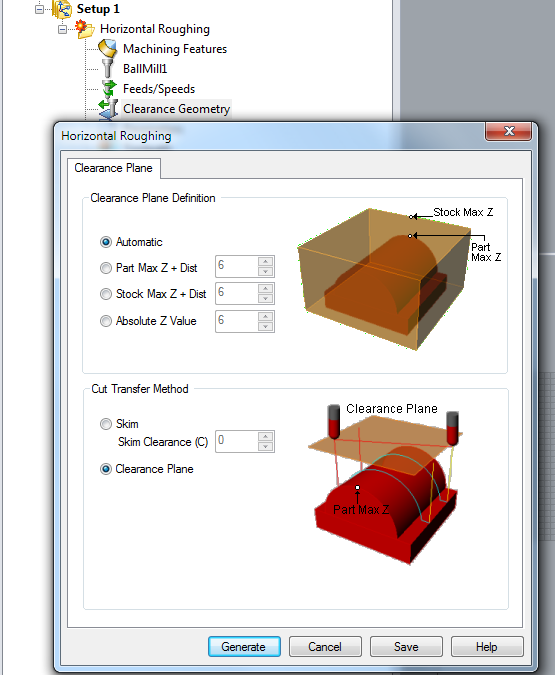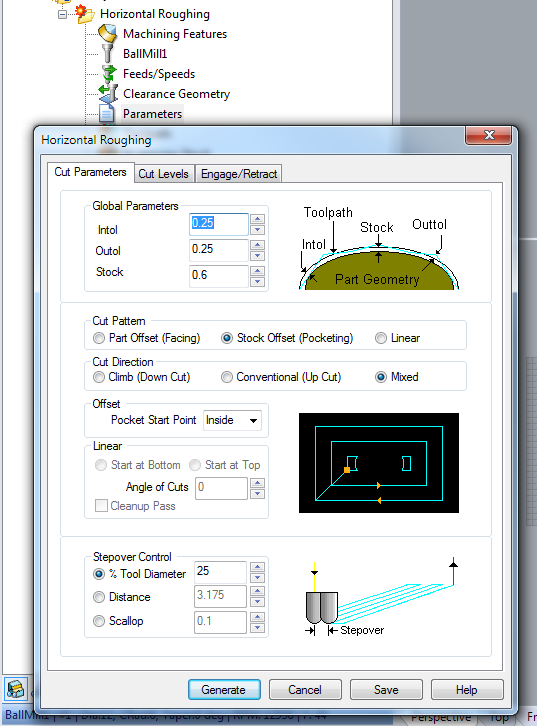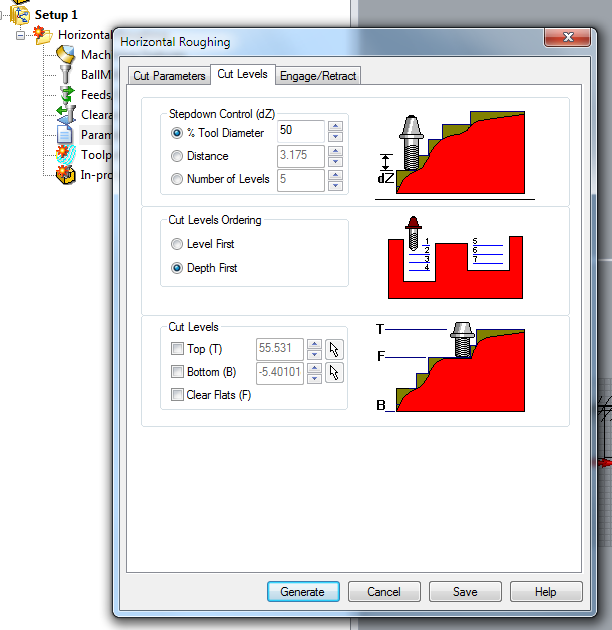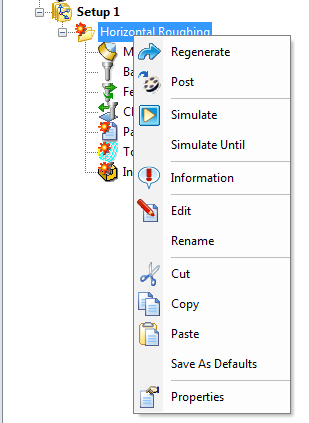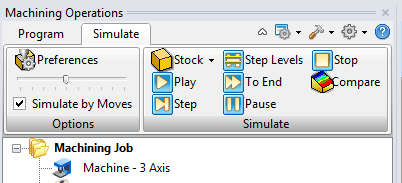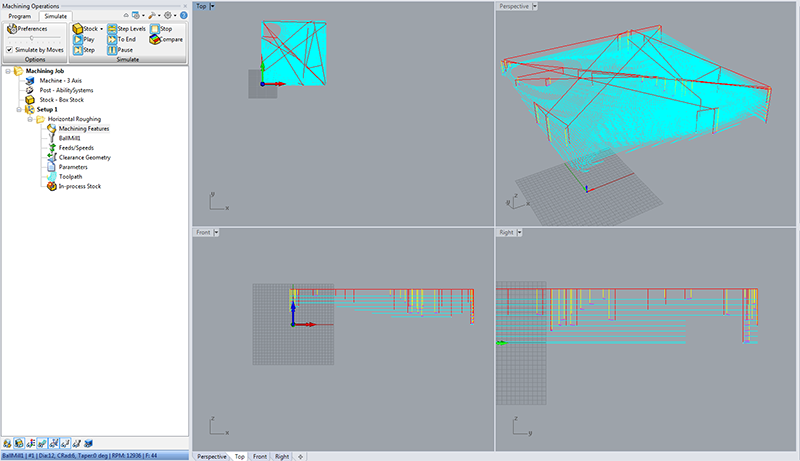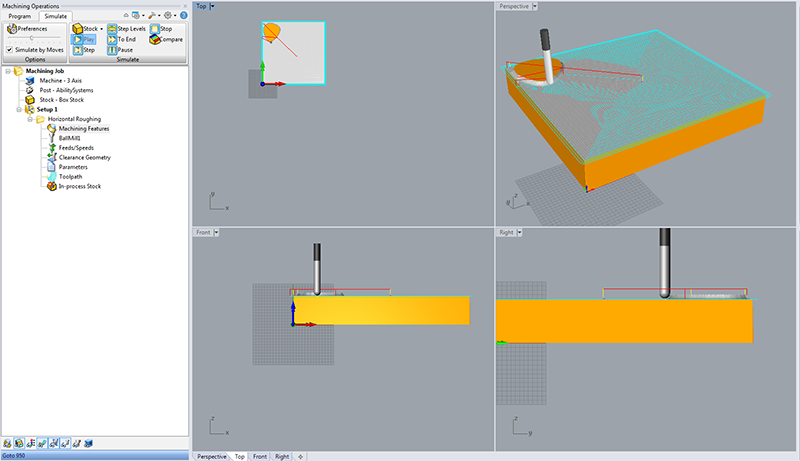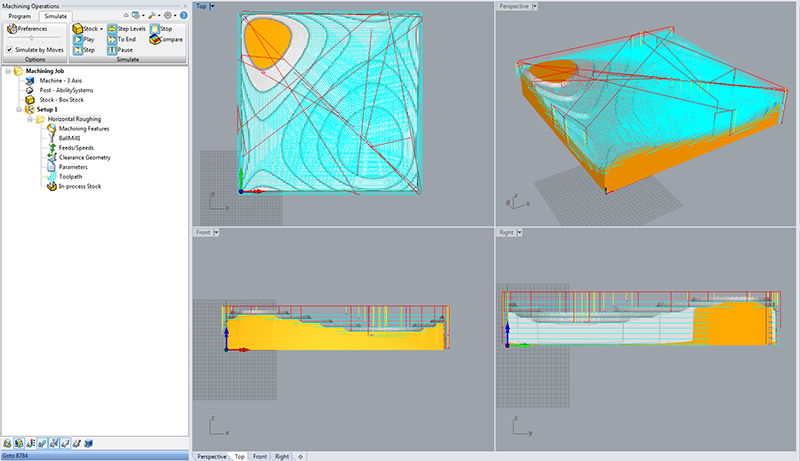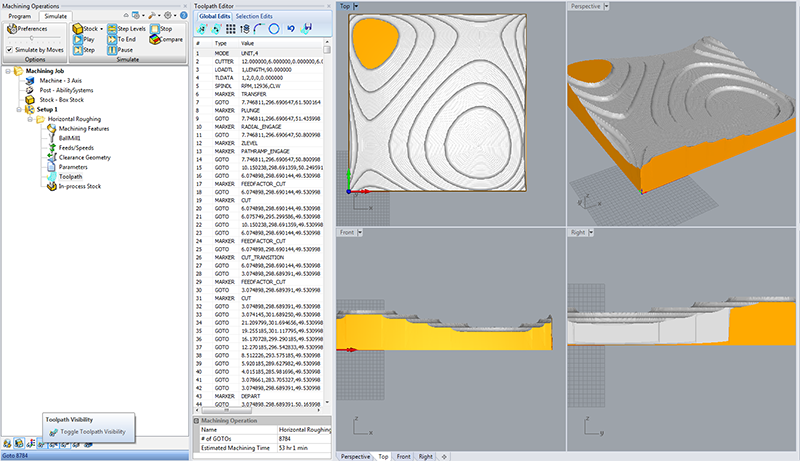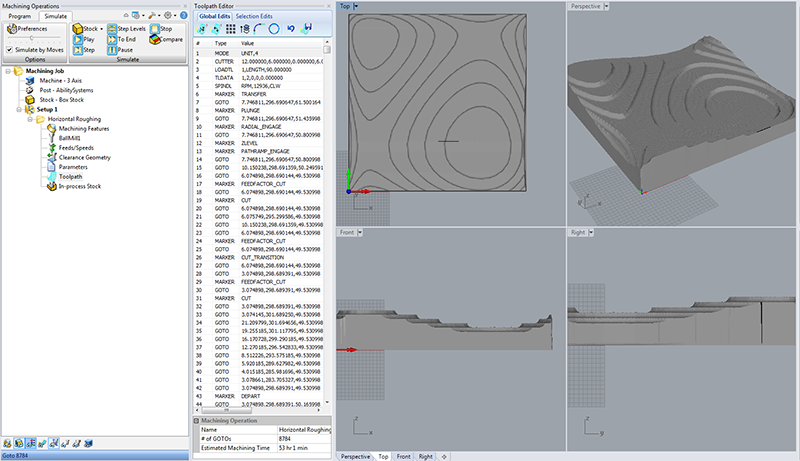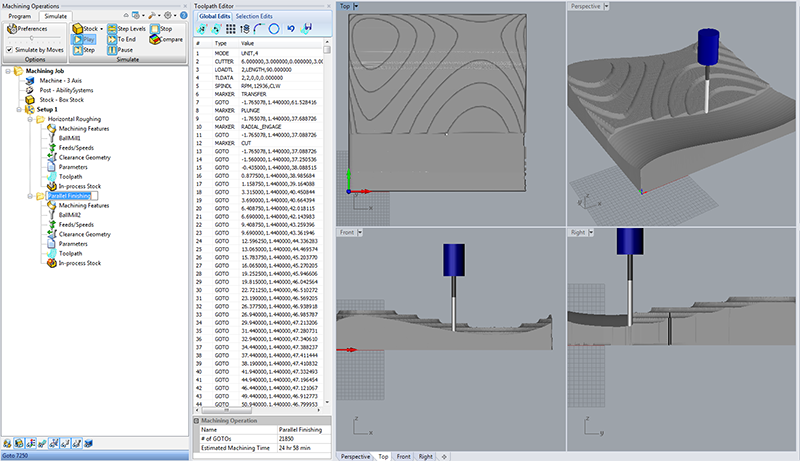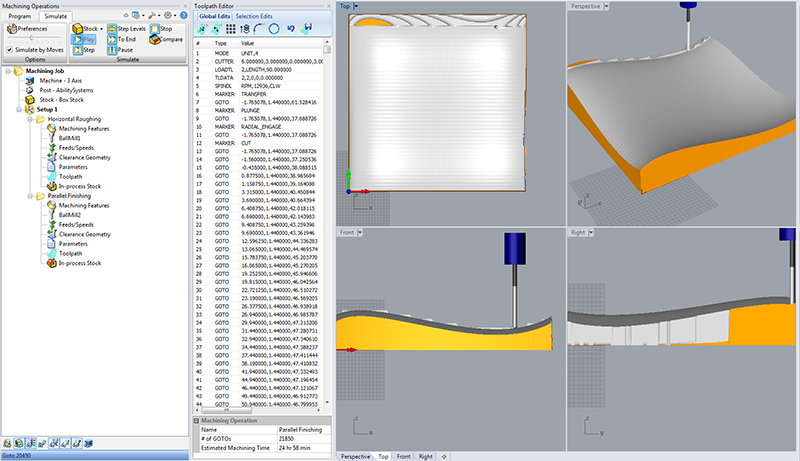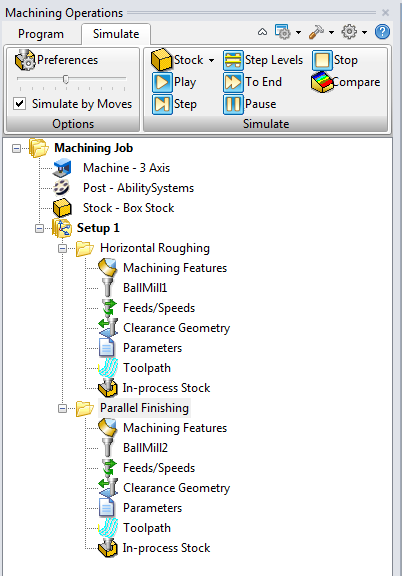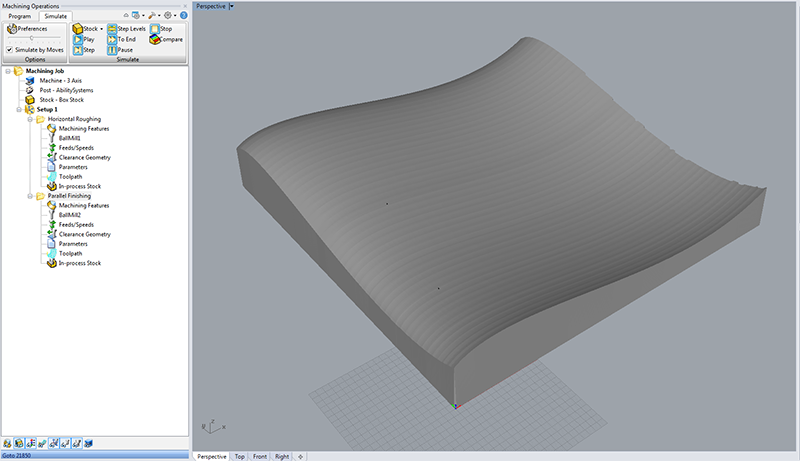| CNC Introduction | |
|---|---|
| Course | Arch 200c |
| Date | 2013/11/07 |
| Learning Objectives | Computer Numeric Control (CNC) milling is a subtractive process of using a rotary bit that goes back and forth, up and down, cutting material (wood, foam) away from a base. The CNC milling process can also engrave objects and create relief effects. We will cover the basics of preparing topography files for milling in Rhino and then in RhinoCAM. We will discuss a range of possible uses for the mill. |
| Agenda |
|
| Uses Tool(s) | |
Project Outline
Class will start with a quick discussion of the project scope, timeline, and components. See the project description for more details.
Rhino + RhinoCAM processes for setting up to mill - Slides showing the many uses of CNC router
- Break students into 4 teams and each team will research a material and milling process - plaster, wood, foam, 2D profiling with wood
- Stress the importance of getting materials immediately, measure actual thickness with calipers and model accordingly (4" thickness max)
- Teams to model their smaller test objects in RhinoCAM for next week.
- Earlybirds welcome to talk to Chris for file approval.
Shop Tour with Chris Palmer
This will include an intro to 3d printing, an additive process, wherein an object is created one layer at a time. We will use efficient processes to create massing iterations of your final project within Rhino, and then prepare these iterations for printing. We will discuss a range of possible uses for the 3D Printer.
Intro to the mill.
RhinoCAM Overview
- RhinoCAM Tutorial 1 of 2
- Watch this video
- RhinoCAM Tutorial 2 of 2
- Watch this, too
Below are screenshots of key moments in setting up a file for milling. We'll talk through the steps in class.
Test Model Project
Working in groups of three or four, each team will research an assigned material and milling process, produce a test cut object employing that process, and prepare a presentation for the group on the results. Groups should prepare a presentation of the range of use of each of these materials, as well as a test cut that demonstrates one particular use.
- Plaster
- cast plaster may be milled after drying for a particular length of time (be sure to cast your plaster ingots right away!)
- Alex Spatzier
- Brooke Hair
- Jeremy Shiman
- Min Zhang
- Foam
- both the fastest and cheapest material to mill, foam makes up in volume what it lacks in aesthenic quality
- Rebecca Rusinow
- Tsai-Jung Shen
- Mia Narell
- Xin Xin Nong
- Wood
- a wide variety of milling options are offered by wood and wood composites - this group may want to investiagate a range of material options
- Jessica Jia Chen
- Phirak Suon
- Yuxu Han
- Kasra Yazdanbakhsh
- 3d Printing
- those in this group should gain enough experience with 3d printing as to be Chris Palmer 'certified' to setup and run jobs for other students
- Joanna Salem
- Brooke Jones
- Nancy Mei
- Baxter (Taylor) Smith
Schedule
- Nov 8th
- Materials purchased, plaster ingots cast.
- Nov 11th-13th
- Completed RhinoCAM model reviewed and pre-approved by Chris. Each team should schedule time with Chris, and expect to spend at least 30m reviewing and correcting the necessary files.
- Nov 14th
- Review of completed test cuts (except plaster group).
